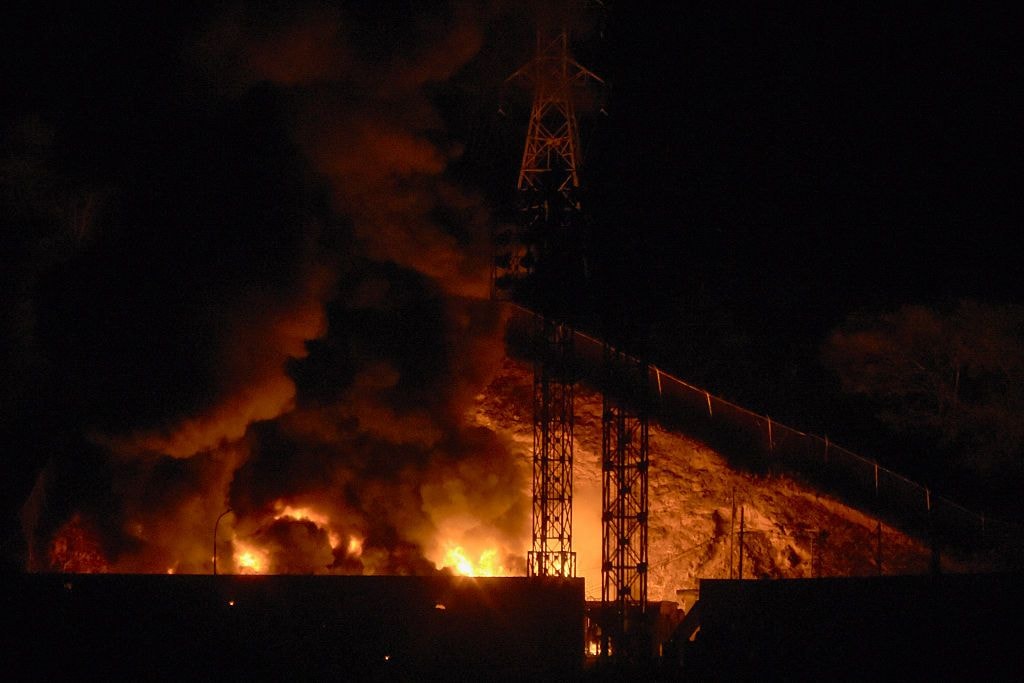NYT: Evidence suggests Russia blew Kakhovka dam

An investigation published by the New York Times on June 17 indicated that an explosive charge in a passageway running through the dam's concrete base detonated and destroyed the structure on June 6.
The Kremlin knew the dam's weak point because it was built during Soviet times, the investigation noted.
According to the investigation, the evidence "clearly suggests the dam was crippled by an explosion set off by the side that controls it: Russia."
Ihor Strelets, an engineer who served as the deputy head of water resources for the Dnipro River from 2005 until 2018, quoted by the newspaper, said "that an explosion within the gallery destroyed part of the concrete structure and that other sections then were torn away by the force of the water."
The dam's foundation was built to withstand almost any kind of external attack, excluding Ukraine's responsibility for the matter.
Evidence shows that Russia destroyed the dam of the occupied Kakhovka Hydroelectric Power Plant in Kherson Oblast on June 6, causing massive floods across southern Ukraine and triggering a widespread humanitarian and environmental crisis.
Floodwaters from the breached dam rapidly swept through towns along the Dnipro River, fully or partially submerging more than 40 settlements in Kherson and Mykolaiv oblasts.
According to Ukrainian authorities, Russian forces blew up the dam to prevent Ukraine’s counteroffensive, while Moscow blamed the breach on Ukrainian artillery fire without providing any evidence.
As a result of the floods, thousands of people have been evacuated from their homes, and up to one million people could face water shortages, Ukrainian authorities said.












